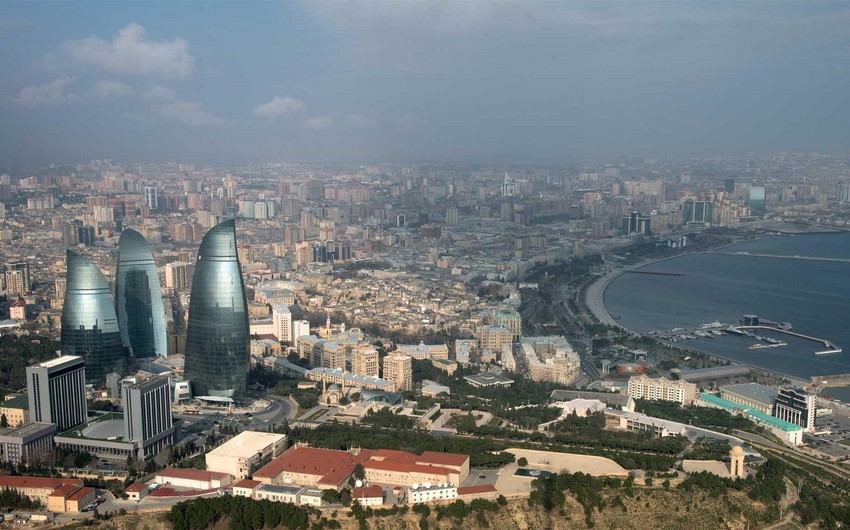"Azerbaijan has recently been observed gloomy, rainy autumn days. The rain that falls after the constant summer drought also feeds our rivers.," the head of the National Hydrometeorology Service, Umayra Tagiyeva, told Report
According to her, the volume of water passing through the upper reaches of the Kura, Giragkesemen settlement was 21% higher than the ten-day norm and the water level in the lower reaches, Kur-Shirvan, increased by 10 cm. Heavy rains were recorded in the north and east of the country: "Such weather conditions lead to the improvement of air quality, purification, and enrichment with oxygen."
As of 10:00 am (GMT +4), the amount of rainfall was 56 mm in Lankaran (33% of the monthly norm), 23 in Astara, 14 in Shabran, Lerik, 13 in Yardimli, 10 in Goytapa, 9 in Guba and Bilasuvar (52% of the monthly norm), 7 in Gusar, 6 in Neftchala, 5 in Khaltan, 5 in Agdam, 3 in Balakan, Naftalan, Beylagan, 2 in Gobustan, Saribash (Gakh), Imishli, Mingachevir, 1 in Altiagac, Zagatala, Barda, Yevlakh.
She noted that the amount of rain in the Absheron Peninsula was within the two-month norm during the day: "For example, 50 mm (222% of the monthly norm) was registered in Mashtaga, 26 mm (151% of the monthly norm) in Baku, and 13 mm (72% of the monthly norm) in Sumgayit. There is an interesting tendency here. The number of rainy days in Baku has increased in recent decades.
"On September 29 and 29, 2016, heavy rain fell in Baku for this month - 47 mm (3 times more than the monthly norm). On September 23, 2018, it poured with heavy rain in Baku and the Absheron peninsula for only 4 hours. It was 34 mm, which is 198% of the climatic norm. Signs of a changing climate are already being felt in our daily lives."
Tagiyeva said the unstable, intermittently rainy weather in Azerbaijan will continue until October 1.


 https://static.report.az/photo/da8b5bba-06d6-30fc-99d9-70f3328513e1.jpg
https://static.report.az/photo/da8b5bba-06d6-30fc-99d9-70f3328513e1.jpg

